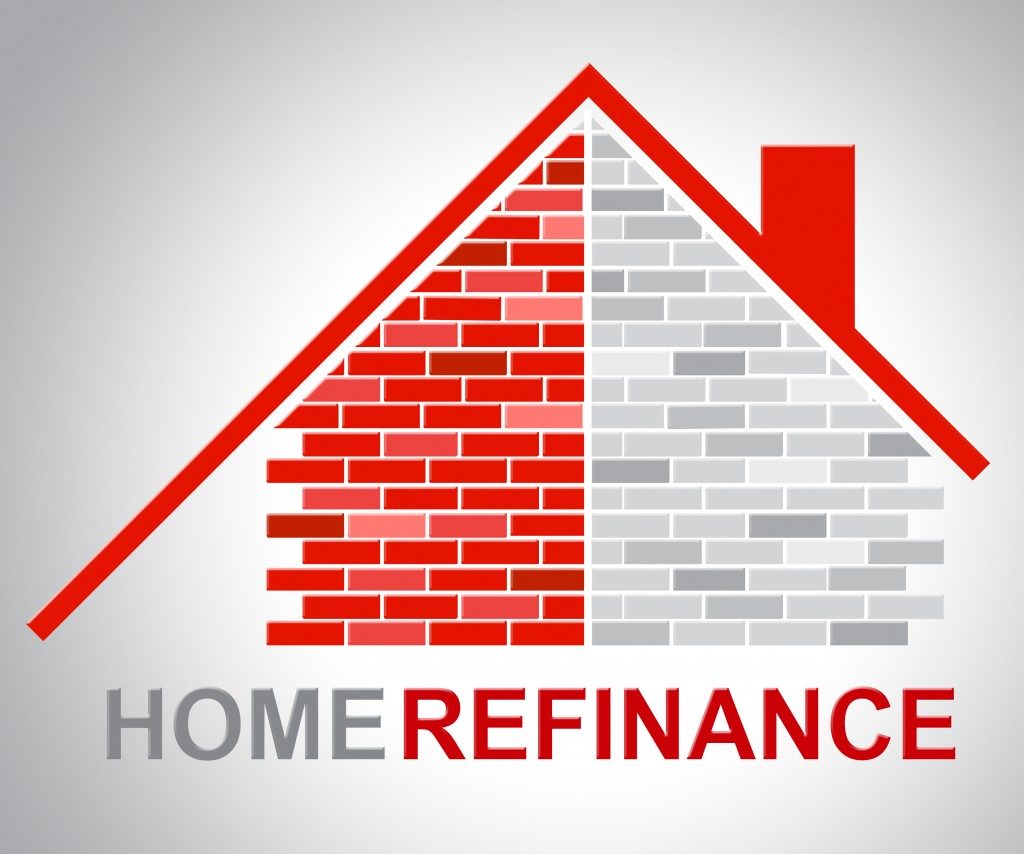Refinancing a home is a means to restructure the old loan in terms that are financially easier on the homeowner. When done correctly, home refinancing can be a lifesaver for homeowners since they can enjoy lighter payment schemes with lower interest rates depending on their credit ratings.
If you intend to refinance a home loan in Utah or any other state, you should first make sure that you understand how the process goes, what are the benefits to it, and what risks you’re taking when you avail a refinancing deal without first doing some research. Here are five essential home refinancing facts that you must know before proceeding with it:
Your current credit rating affects your refinancing bid
If you wish to enjoy low-interest rates in your refinancing bid, you should check if you qualify for them in the first place. Typically, lenders favor borrowers with at least a credit score of 760. The higher the credit score, the better the chances of qualifying for a low-interest rate. This is not to say, of course, that those with low credit scores won’t qualify for a refinancing loan; it’s just that they would likely have to pay a relatively higher interest rate.
There are a lot of fees involved
When you apply for a mortgage refinancing, you have to know that you’re obligated to pay certain fees upfront or in a staggered fashion. And there are a lot of fees associated with refinancing that you have to deal with one way or another like reconveyance, appraisal, escrow, tax service, and underwriting.
You should carefully consider if the benefits of having your home mortgage refinanced are worth it when you come face to face with the associated fees. If you’ll end up paying more in the end, then it’s a risk not worth taking.
Refinancing is a great way to consolidate your loans

With refinancing, you can consolidate individual loans into a single one so you only have to deal with a single lender. You can simply compute your total loans plus interests from your various lenders and then compare them with the interest rate and total amount that you have to pay to your chosen refinancing company. If you’ll end up paying lower by refinancing, then it’s a no-brainer to choose the latter option.
A cash-out mortgage refinance is a great option, but be wary of the consequences
With a cash-out mortgage refinance, borrowers take home an amount that is higher than what they owe for their homes. They can use the remaining cash to pay off credit card debts, remodel their home, or pay for their children’s school fees. Upfront, it seems to be such a rosy deal but borrowers should be wary of certain pitfalls like suddenly defaulting on their payments and having their homes foreclosed in the process.
You should have a decent debt-to-income ratio
Lenders are becoming stricter by the day and many would only grant loans to borrowers with a decent debt-to-income ratio – anywhere between 28% to 43%. The rationale behind this is pretty simple – the lower the amount you allocate monthly to pay for your debts, the better your chances of paying for your refinanced mortgage loan. Lenders are taking a risk with every borrower so it just makes sense that they have some safety nets like this one.
Truly, home refinancing is not a simple matter and it takes diligence on your part to get the best of the deal. Make sure you know about these things and more before taking out a loan so you won’t regret it in the end.

